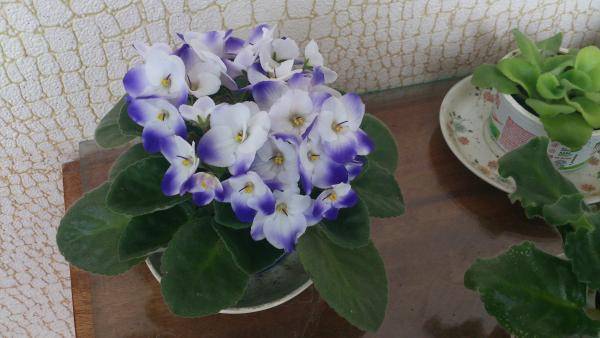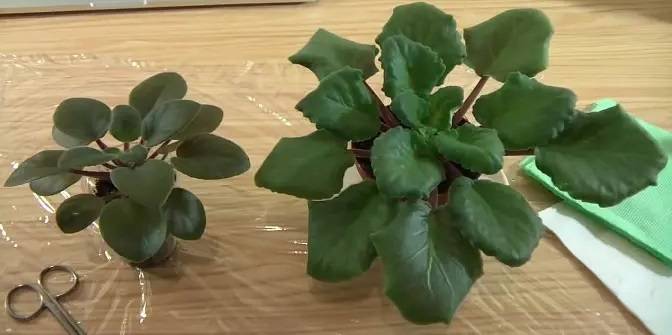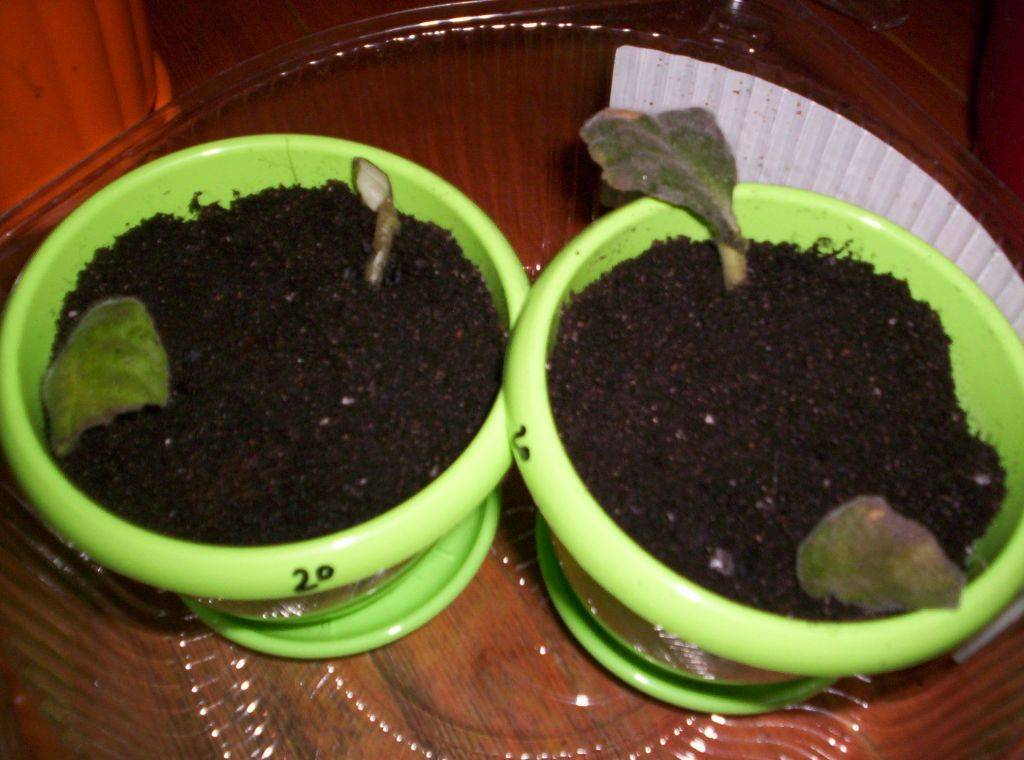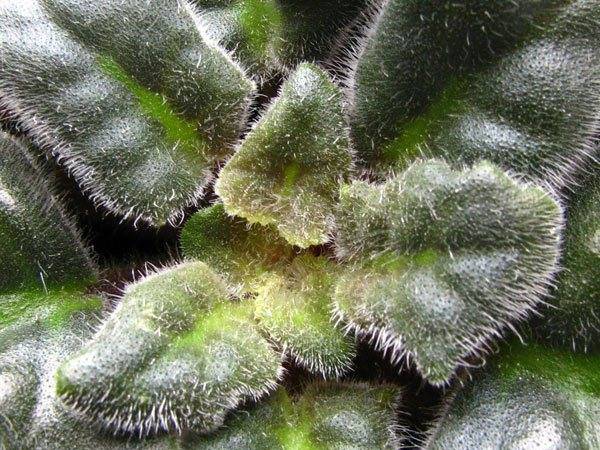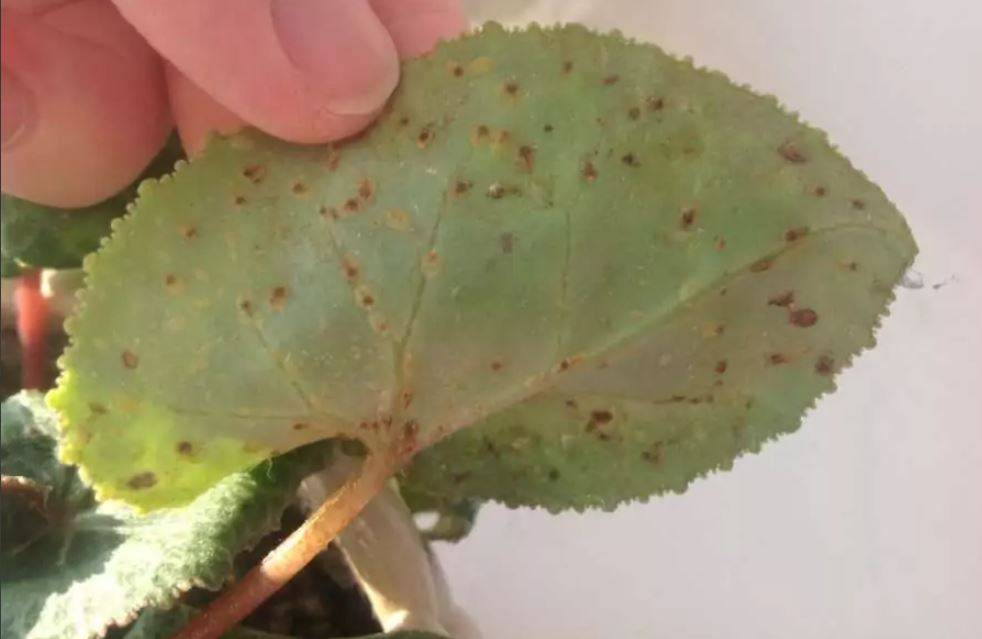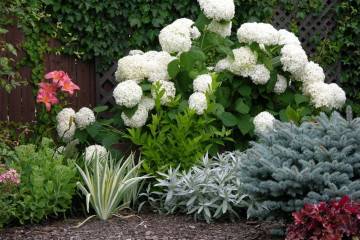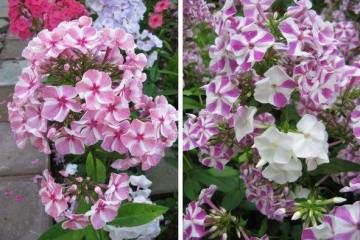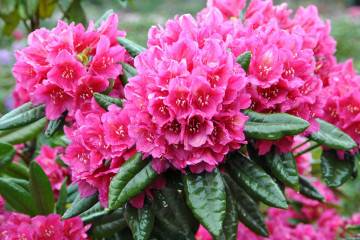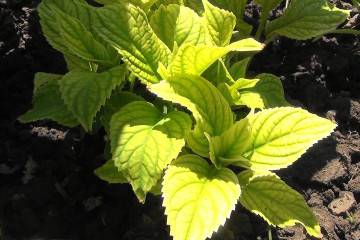Why do violets have leaves curling inward
Content:
Saintpaulia is found in almost every home. The plant is quite unpretentious, however, it speaks openly about its poor health - the leaves of the violet curl. It is required to find out the cause of the problem in order to cure the flower before it dies.
Features of care for violets
The grower must take responsibility for every plant he has planted. It is required to know under what conditions it is worth keeping it so that it grows and pleases the eye. Violets can be considered to some extent an unpretentious plant, however, some conditions should still be observed in order to wait for flowering.
Saintpaulia is a light-loving flower, but does not like bright sun. Direct sunlight must be scattered in some way.
Water for irrigation should not contain chlorine, therefore, when using tap water, it is worth letting it settle for 1-2 days. It is recommended to use liquid at room temperature, watering in a pan.
An important point of care is air humidity, its level should not fall below 50%.
Why do violet leaves curl
There can be many reasons why the violet leaves began to curl. It is required to find out which of them is suitable for a particular case. It is worth looking at factors such as the leaves began to curl up or down.
It is difficult to guess about the state of the violet, since the leaves can curl up into a tube for any reason. To find out exactly what the problem is, it is worth gradually eliminating factors that are more likely to occur.
Excessive watering
First of all, you should check the moisture content of the soil. If the leaves began to wither, sag, twisted down, then the fault is excessive irrigation. It is worth learning the correct watering scheme and observing the regularity. If the situation repeats itself often, the violet will stop blooming, and fungal diseases may appear on it, due to which the plant may die altogether.
Leaf curling can be avoided by watering the Saintpaulia properly. This is required to be done in small portions in the pan of the pot. Also, do not forget that a drainage layer must be present in the pot, which will not allow water to stagnate in the ground.
If the problem was noticed on time, then it is recommended to simply thoroughly dry and loosen the substrate, and then go to the correct irrigation scheme. However, in advanced cases, you will need to transplant the violet into a new pot. It is necessary to check the cleanliness of the drain holes, take care of the drainage layer. It is also required to check the root system for the presence of affected and damaged areas. It is recommended to get rid of them so that the flower does not lose strength on them.
Wrong ground
Improperly selected soil or a large amount of fertilizer applied to the soil can interfere with the active growth of the plant.This may be the answer to the question of why the leaves of the room violet began to curl. But it can also be affected by an insufficient amount of nutrients in the substrate.
The soil must have certain characteristics: be loose, breathable, moisture-consuming. Several substrate options have similar properties.
- The nutrient base can be made from the top layer of the earth from under deciduous plants, sod land, vermicompost or compost.
- As a filler, you can take coniferous or peat soil.
- Moisture resistant characteristics are: perlite, sphagnum moss, charcoal, vermiculite, dolomite flour.
- Expanded clay, sand and coconut fiber are good baking powder.
The content of the soil can vary depending on which components are used for this. There are several of the most popular substrate preparation options:
- mix universal soil for violets, peat, sphagnum moss (can be replaced with perlite or vermiculite) and charcoal in a ratio of 1: 2: 1: 0.5;
- take 6 parts of nutrient soil for 3 parts of perlite, sphagnum moss and charcoal. Mix thoroughly;
- Mix peat, nutrient soil, vermiculite and charcoal in a ratio of 3: 1: 1: 0.5.
For growing plants, there is a large number of ready-made soils that have the necessary set of nutrients. After the purchase, the soil mixture should be scalded with boiling water, put in the oven at 100 ° C. After a month, you can enrich the land with the required fertilizers.
- It is not recommended to use "Terra-Vit" because it consists entirely of peat soil, therefore it has high acidity.
- "Academy of Rosta" contains peat with a small amount of limestone, has a sufficient amount of nutrients for growing violets.
- "Bereginya" consists of compost, peat, dolomite flour, sand and various fertilizers - the best option for planting Saintpaulias.
In order for the violet to quickly and painlessly take root in a new place, it is necessary to provide it with optimal conditions: moderate humidity of about 50%, as well as an air temperature above 21 ° C. It is worth putting it in a place where there will be no sudden changes in temperature, drafts, and daylight hours will last at least 10 hours.
Pests
The reason why the violet leaves curl inward may be the presence of pests. The most frequent visitor is the cyclamen mite. It is almost impossible to see it without special magnifying tools, but its presence can be determined by a certain factor:
- the sheet plate at the edges is twisted inward;
- the plant does not grow or develop;
- the stems are deformed;
- flowers dry up and fall off;
- a large number of hairs appear on the leaves, which from the side resemble a large layer of dust.
Fighting a tick is a difficult undertaking, since the pest is quite persistent. If most of the Saintpaulia is infected, then it will not be possible to save it. Otherwise, you need to take action immediately:
- First of all, it is worth isolating the flower so that the tick does not move to neighboring plants.
- All infected leaves must be cut off.
- Treat with acaricides.It is not worth using conventional insecticides to combat cyclamen ticks, since they will not help.
Do not spray the plant during treatment. Watering for this time should be reduced to a minimum. Subsequently, it is required to use preventive measures for the appearance of pests so that the violet is not subjected to such attacks often. To improve efficiency, you can place the plant under a plastic bag.
After that, it is required to wash the place where the infected flower was located with bleach. Saintpaulia needs to be quarantined for some time, follow the rules of caring for her, and also transplant the plant.
A good prevention against pests can be simply the correct observance of all conditions, in this case the immunity of the violet will be higher. At least once a month, you should wipe the Saintpaulia leaves with a soft cloth dipped in a mild soapy solution.
External factors
The violet could twist its leaves due to the wrong factors of its content. They often suffer from lack of sunlight. In this case, Saintpaulia can be treated in only one way - to provide the required conditions for her life.
Dry air
If the violet begins to lift the leaves and twist them outward, then this is due to insufficient air humidity. The best option is more than 50% humidity. This can be achieved by purchasing a humidifier. This acquisition will help improve not only the condition of the flower, but also the inhabitants of the house.
Draft
Sudden changes in temperature are harmful to the flower, because of this, it can twist its leaves. This must be avoided. In most cases, this happens in the cold season, since the room is too hot from the working central heating batteries, and therefore there is a desire to ventilate the room.
The condition of a favorite plant is important for any grower. If the violet begins to curl the leaves, you need to pay attention to this and try to quickly understand the cause of such a deformation. It is required to treat the plant at the first time after the appearance of such a sign so that the Saintpaulia does not die.

